What Moving Day at the White House Is Really Like, According to Designer Michael S. Smith
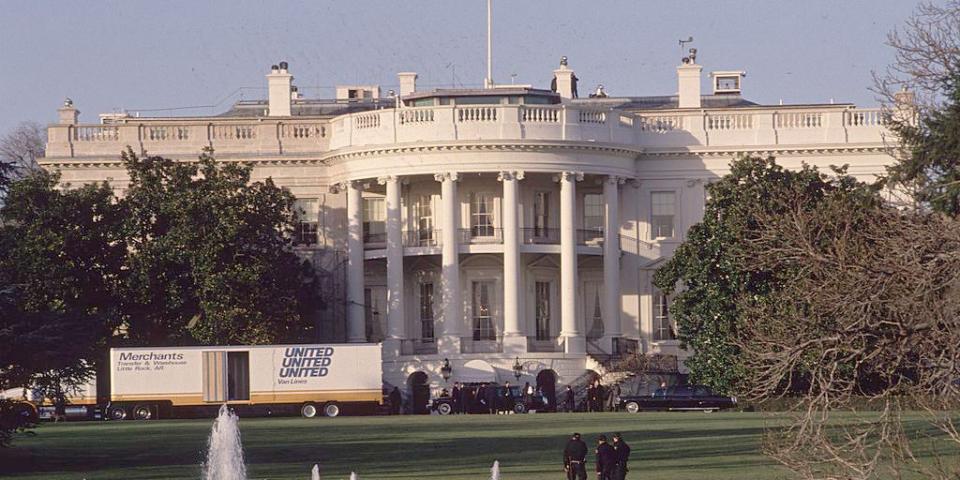
Anyone who's ever orchestrated a residential move knows that coordinating the logistics of leaving one home for another is quite a challenge. There's the packing, the protection of valuables, the hiring of movers, the timing of the actual move itself—and then, of course, the unpacking, the sorting of belongings, the hardware store runs followed by more hardware store runs.
But imagine attempting to coordinate all of that for an incoming President of the United States who is moving to Washington, D.C., from another place while he or she is being sworn in and while the rest of the government oversees the peaceful transition of power.
That six-hour period of time on Inauguration Day is chronicled in a chapter of designer Michael S. Smith's book Designing History: The Extraordinary Art & Style of the Obama White House (Rizzoli, 2020), co-written by Margaret Russell. As part of his decoration of the Obama White House, Smith oversaw the first family's move on the morning of January 20, 2009.
In anticipation of President-elect Joseph R. Biden's move on Inauguration Day this year, we sat down with the designer to discuss the details of the day, some 12 years ago. While every inaugural is historic in its own way, this year's will occur in unchartered territory for our country: The coronavirus pandemic and mounting tension over the siege of the Capitol on January 6 are likely to cast a somber aura over the day rather than the more celebratory inaugurals of the not-too-distant past.
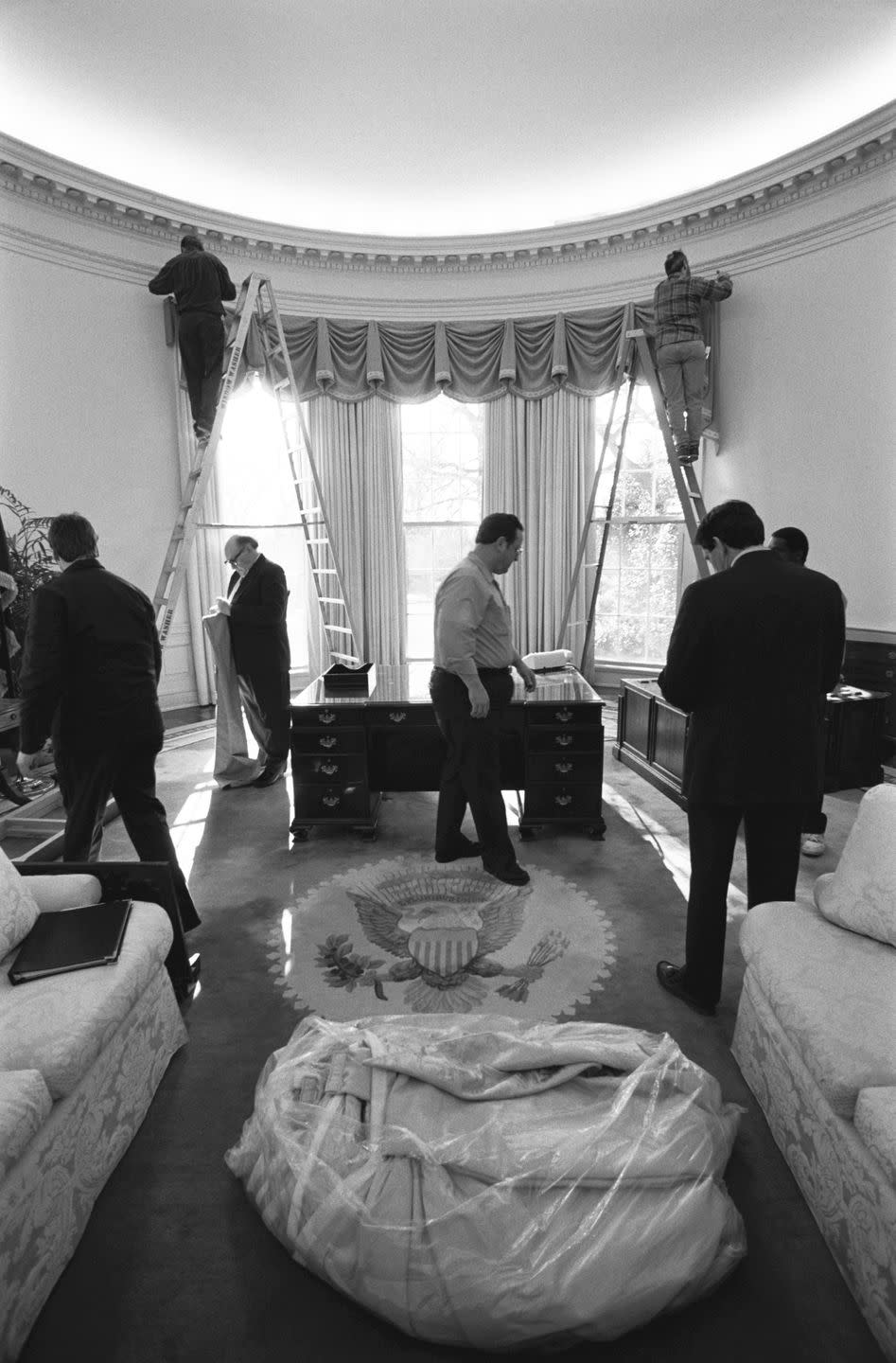
While Biden's swearing-in ceremony will be a much smaller affair, the president-elect's move into his official residence must go on—and in short order. Trump has said he will not attend the Biden inauguration, and CNN has reported that the Trumps will leave Washington on January 19, perhaps affording more time for the Biden move. However, deep cleaning of the White House on the heels of several Covid outbreaks in the Trump Administration will likely absorb those additional hours.
Here, six insights about what the day, in 2009, was really like from Smith, excerpted from our interview and from his book.
The real exercise of the day is to personalize the house for the incoming first family—in under six hours.
By tradition, we only gained access to the White House around 11 AM on Inauguration Day, after outgoing President George W. Bush and First Lady Laura Bush had left....Unlike many presidential families, the Obamas had not packed up their family home, so for at least the first three months, their private quarters were to be outfitted with a selection of pieces I had bought on their behalf, existing furniture that the Bushes had used from the White House collection, and additional furniture and objects I chose from the warehouse [a repository of furnishings that the White House owns but that are not currently in use]. We were essentially decorating spaces on the run, so the move-in required a great deal of coordination—and there was also a hard stop. We had to be out by 3:30 PM.
The incredible scale of the White House rooms really hit home as soon as I walked in. Over the years, I've decorated some monumental houses for clients, but this was different. The verticality of the spaces was overwhelming—particularly on the second floor of the family quarters. The ceilings are exceptionally tall for the proportion of the rooms...and were a bit of a shock. It became very apparent how important it would be to work with ambient lighting, chandeliers, curtains, and large-scale art to bring the tall ceilings down to a more human scale and to dispel the shadows and dark areas created by the uneven illumination.
On that day, though, I focused on the ways we could make the residence feel more like a home for the Obamas on their first night there. We focused on the true tricks of the trade, the decorating magic—colorful lamps, a variety of pillows, cashmere throws, books, and a few of their personal items to make the private quarters feel more personal to them.
You actually considered sleeping in the White House basement the night before the Inauguration—but only for a second.
When we planned the logistics of the move, I was informed by the Secret Service that, due to security concerns over the unprecedented scale of the crowd expected at the inauguration, the area around the White House would be basically impermeable. I can't remember who thought it was a good idea that I come early—as in 2 or 3 AM.—the night before the inauguration to sleep on a small cot in the shadowy, linoleum-floored basement. I actually considered this for a nanosecond before being struck by the fear of the Secret Service cornering me in my pajamas if I took a wrong turn while searching for the bathroom. I declined the offer and won approval to sleep in my comfortable room at the Hay-Adams, just a short walk across the park.
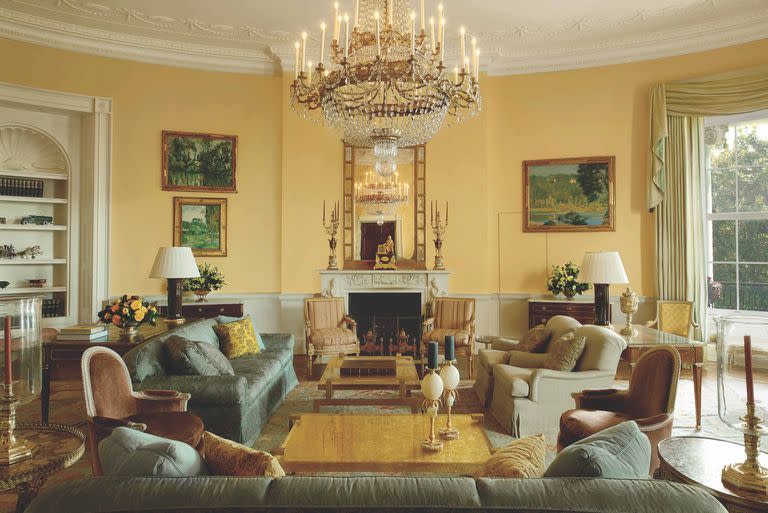
The White House staff, especially the Head Usher, and the longtime White House curator were essential in getting the job done.
On the morning of Inauguration Day, with the help of the well-oiled housekeeping staff and my small team, I was...making beds; placing books on shelves; fitting out bathrooms with new towels, soaps, and toothbrushes; spreading framed family photos around. It must have looked like a Marx Brothers movie on fast-forward. Everyone was scurrying at warp speed.
The process of pulling together everything for that morning—all the preliminary decisions that needed to be made so that the house would be ready—was stressful but exciting. Many hands had been involved. Several people in my office had been focused on the project full-time for the previous six weeks, and Bill Allman (who had served at the White House for more than three decades) and his remarkable staff were instrumental in guiding us and helping us to understand the rules and restrictions—and how best to navigate through them. Also, before the inauguration, head housekeeper Jenny Botero proved to be invaluable as she managed to confirm measurements and specifications for us without disturbing President and Mrs. Bush.
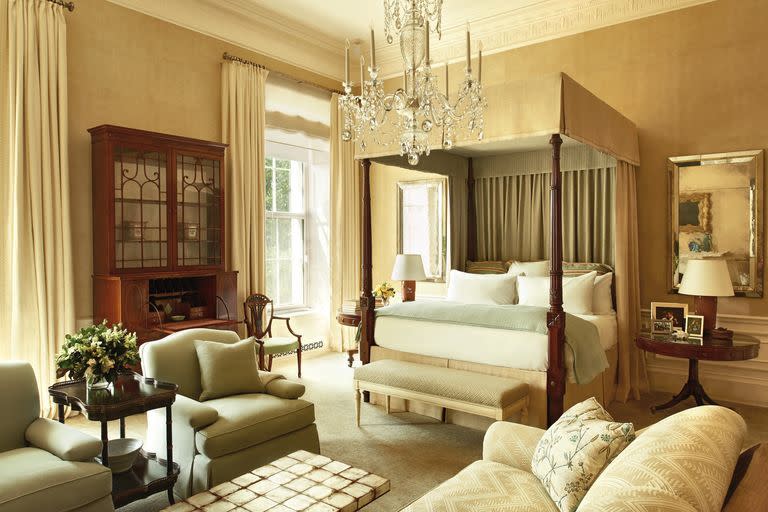
We really prioritized the first family's bedrooms on moving day.
President and Mrs. Bush had decorated their family quarters in a subtle, elegant style, with many of the furnishings coming from the White House collection. We were relieved to be able to use the existing furniture and curtains in some of the rooms for at least the first few months, though I thought it was important for President and Mrs. Obama to sleep in a new bed their first night in the office.
I had purchased an antique tiger-maple four-poster that I lent to the President and First Lady as a temporary bed for the main bedroom, and we ordered mattresses and bed linens for it. We also found some fun whimsical sheets and comforters for the girls, plus a group of inexpensive accessories...to add color and whit to their bedrooms. We worked to create that extra layer you always need to make a home feel warm and inviting. With only five hours allotted for the move-in...we prioritized personalizing the primary rooms that they would use the most.
The last thing I did was place small bowls of water on the tables beside the President and First Lady's bed, each floating a gardenia. I had the idea that after this most exciting of all days, with the realization of the extraordinary responsibilities they had just assumed, their sleep might be soothed by the scent of those flowers—perhaps the memory of what it was like to be in Hawaii, a place that they perceived as calm and restful, a place they loved.
Swapping out a few key art pieces was the thing that made it feel the most Obama-ish right away.
Art always has been, and I imagine always will be, a very important part of the Obama world....Despite my well-founded concerns about how the art-delivery truck would navigate the security checkpoints on Inauguration Day, it made it through....and [we were] able to install powerful works by Robert Rauschenberg, Mark Rothko, Ed Ruscha, and Alma Thomas, among others. This was just the beginning of what would become an ongoing project to enrich and personalize those monumental spaces with impressive pieces of dramatic contemporary art.
The reward for the seemingly endless frustration of researching and obtaining art loans from museums—as well as my efforts to choose meaningful and historic pieces from the White House art collection with Bill Allman—came when...the President came up to me to say, with obvious delight, "There's a Whistler by my bed." (This was Nocturne, the James McNeil Whistler painting given to the White House during the Kennedy administration by diplomat-politician Averell Harriman and his wife, Marie.) I was thrilled that the president was pleased, and that he was taken by the elegance and beauty of the work.
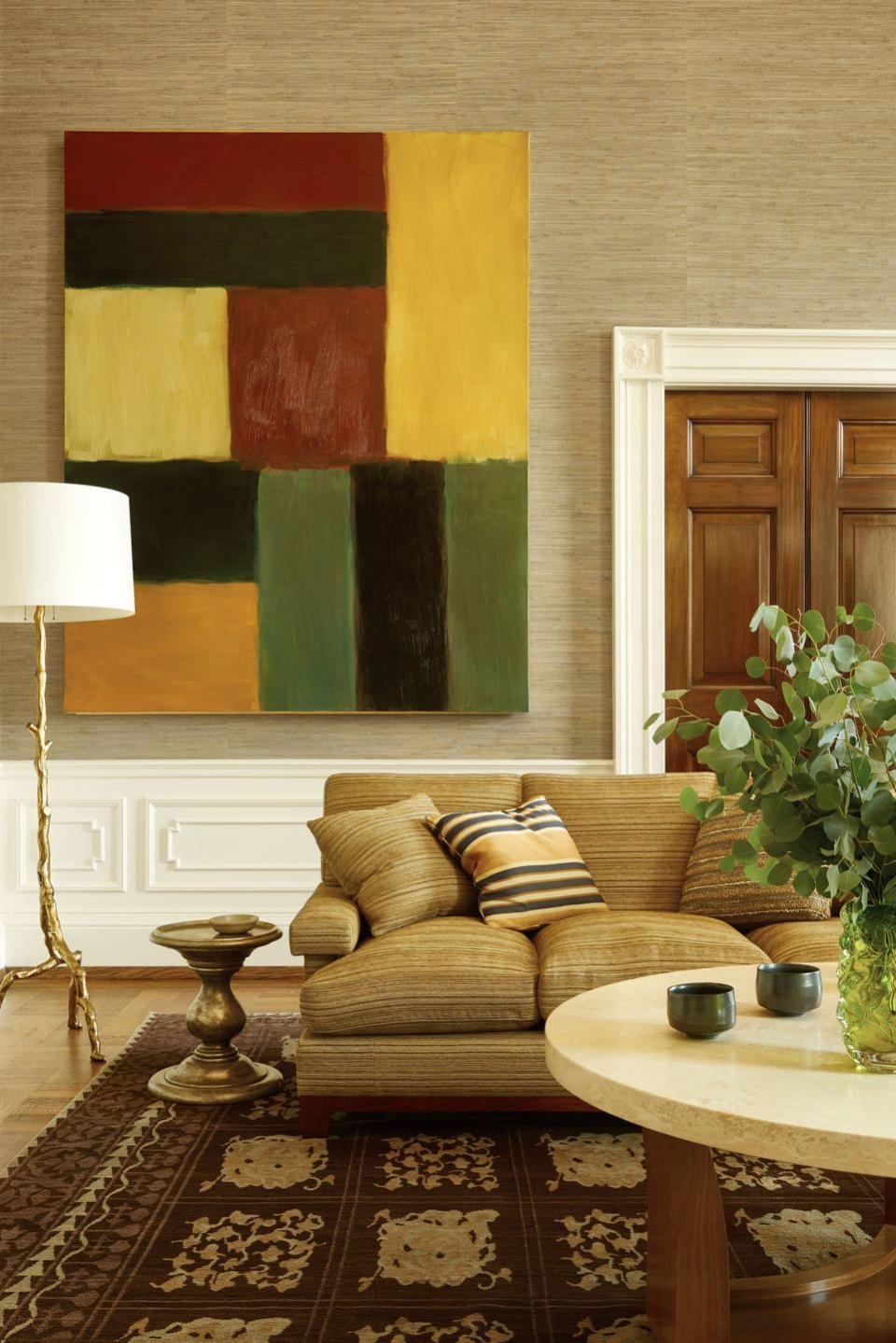
Balancing the emotional weight of the historical day with the choreography of all the logistics and details was the greatest challenge.
I remember looking out the window and seeing the people outside and being very aware of the energy of the day. I was so conscious of and in awe of the history taking place, and I wanted to remember the moment, to hold onto it. But you also have to blot out the sensory overload because you only have so much time.
The surreality of the situation was amplified by the fact that the White House itself is basically soundproof. Though I could see a flotilla of bouncing placards and balloons and sense the growing excitement as the moment of the swearing-in got closer, there was no roar of the crowd: I could hear virtually nothing outside the windows. My only sense of what was happening was gleaned from running downstairs to the Old Family Dining Room on the first floor, where a TV was somewhat haphazardly propped on a makeshift stand.
You Might Also Like

